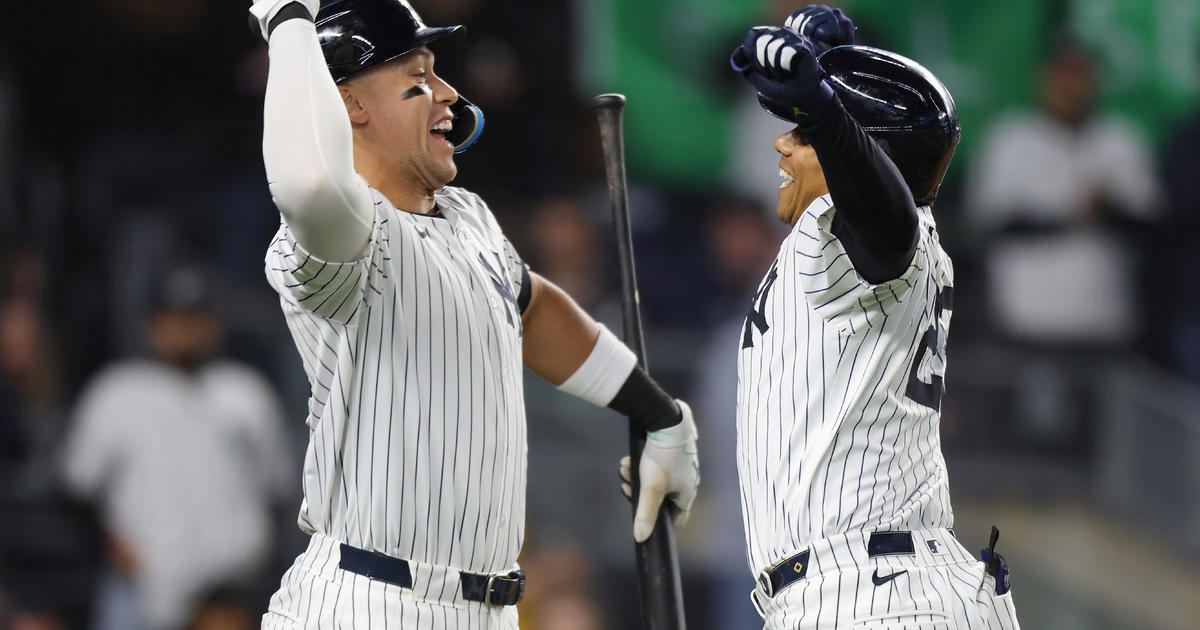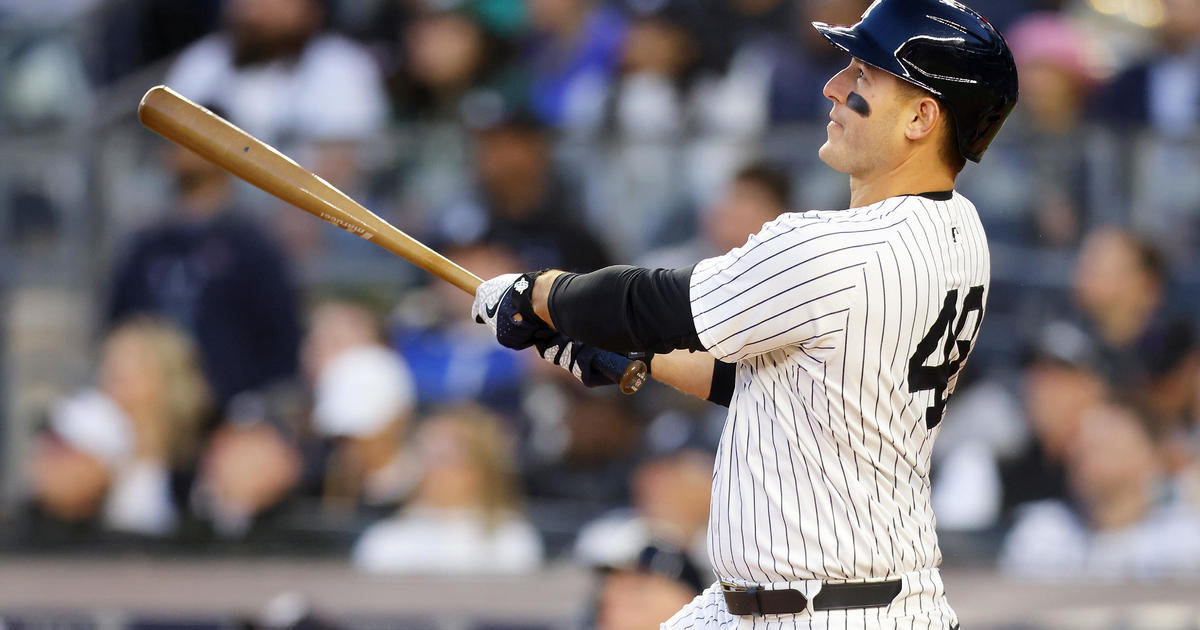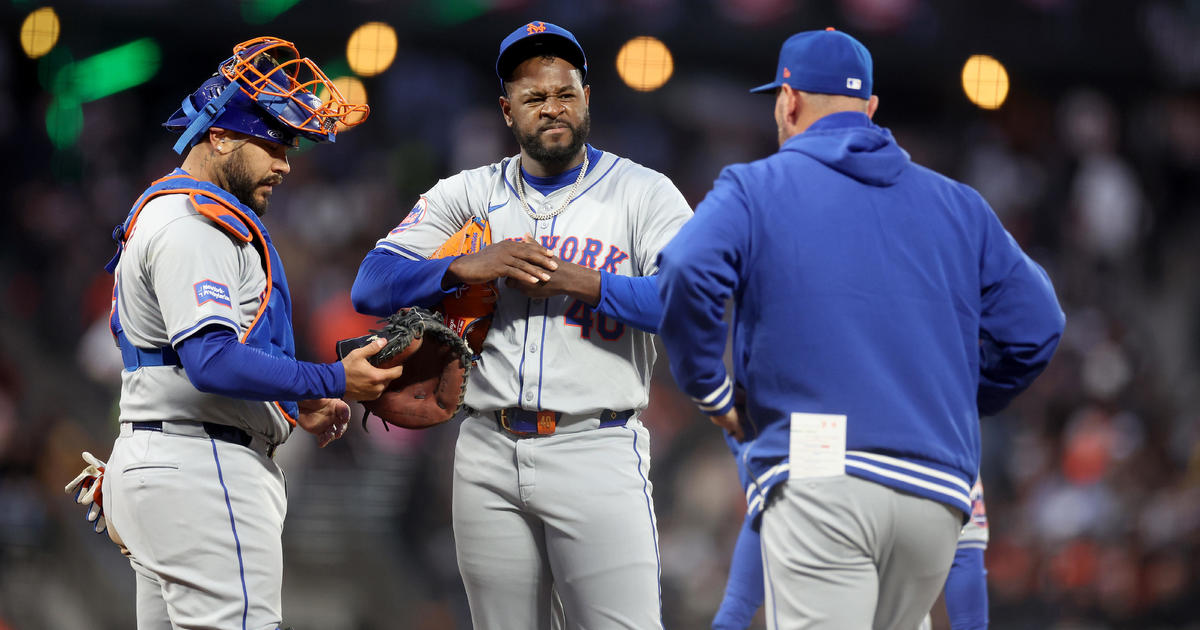By The Numbers: The Myth Of The Contract Year Phenomenon
By Father Gabe Costa
» More Columns
Sabermetrics student Mr. Adam Scott is our guest blogger this week. He ventures off into some pretty high powered statistics while discussing some pretty high powered finances.
Adam Scott: "The guys are aware, when they're going into the last year of a contract, a good year means a big payday for quite a few years."
During a January spot for MLB network, former 18 year big leaguer and three-time American League All-Star Dan Plesac gave the above sentiments in reference to players (to include Cole Hamels of the Phillies, the Rangers' Josh Hamilton and Ichiro of the Seattle Mariners) who would be playing in the final year of their contract in 2012. While there is no doubt players in all sports, not just baseball, can turn a great final year into a lucrative contract offer, my question is simple: how do they handle the pressure?
The contract-year phenomenon has become a common phrase when discussing North American sports. It refers to a player increasing their performance in the final year of their contract with the knowledge that it could land them a big-time deal in the offseason. The theory is grounded in economics and the idea of aligning incentives at the right time. With the possibility of big money waiting with just one great year, can these players improve their game as to increase their own value on the market?
A quick google search of the phrase "contract year phenomenon" provides you with plenty of examples of players who did perform better in the last year of their contract since free agency began in baseball in 1976. Two prime examples come from the 2004 season, when Adrian Beltre (career highs in eight major offensive statistical categories) and Carl Pavano (set career high marks in wins, innings pitched, strikeouts, and his best ever ERA) put up career years in the last year of their contract only to both be rewarded with multiyear deals worth more than $10 million a year.
But I wasn't sold. I had a suspicion that for every big name free-agent-to-be who put up big numbers in their contract year, there were three or four other major league players who saw either no increase in their performance or a decrease due to the pressure of playing for that next pay check. I wanted to see if the contract year phenomenon really was what it claimed to be, and not a collection of outliers that linked together to make a good story.
I set up an experiment to try and isolate the effect of a contract year on a players' performance. I used the 2009-2010 free agency class and looked at how they performed versus the rest of the league during the 2009 season. Players who were in their contract year that season included Chone Figgins of the Angels, Jason Bay up in Boston and Marlon Byrd of the Rangers. Knowing I had to control for outside influences, to include the talent level of an individual player, I developed the following regression to test my hypothesis:
OPS=β_0+β_1 agent++β_2 experience+〖β_3 experience〗^2+β_4 ab+β_5 middleinfielder+β_6 salary+u
In this model, OPS, is my dependent variable because, in my opinion, On-Base-Plus-Slugging Percentage is the most comprehensive and thorough batting statistic. OPS is also an individual statistic, so a player stuck on a bad team can still prove his worth with a good OPS. On the right side, agent is a binary variable, meaning it receives a value of 1 if the player is a free agent during that season, and 0 if the player is not. Agent is also my variable of interest, meaning if β1 was positive and statistically significant, I could conclude that the contract year phenomenon does indeed hold across all of baseball.
The other right-side variables are all controls included to try and isolate simply whether being in a contract year affects a player's performance. Experience and Experience2 control for how long the player has been in the big leagues, with the idea of diminishing returns down the line. Ab controls for how many at-bats a player had in a year, while middleinfielder controls for the player's position and salary controls for how much a player is making in the 2009 season (a proxy variable of sorts for talent with the idea being more money is equal to more talent).
In the end, my results showed generally what I expected: the contract year did not create a statistically significant bump in performance across the board. Of the 179 players I included in this regression (that is the number of position players in baseball in 2009 who had seen six years or more of MLB service, and thus were eligible for free agency), the 68 members of the 2009-10 free agency class had, on average, a three point decrease in OPS versus their under contract counterparts (an OPS of .786 instead of .783, for instance). However, the value was not statistically significant at the five or 10 percent level, so no conclusions can be rightfully drawn. The only result that pointed towards a difference in the contract year was that players who were in that last year of their deal played more games than the average MLBer, perhaps pointing towards the fact that they were incentivized to play through injuries they otherwise would not have.
This experiment could be refined and expanded in order to draw further conclusions about baseball players and athletes as a whole (including pitchers and looking at multiple seasons are the obvious answers). However, with my research, I am confident in saying that the contract-year has no tangible results on a player's performance.
Just don't tell Carl Pavano.



